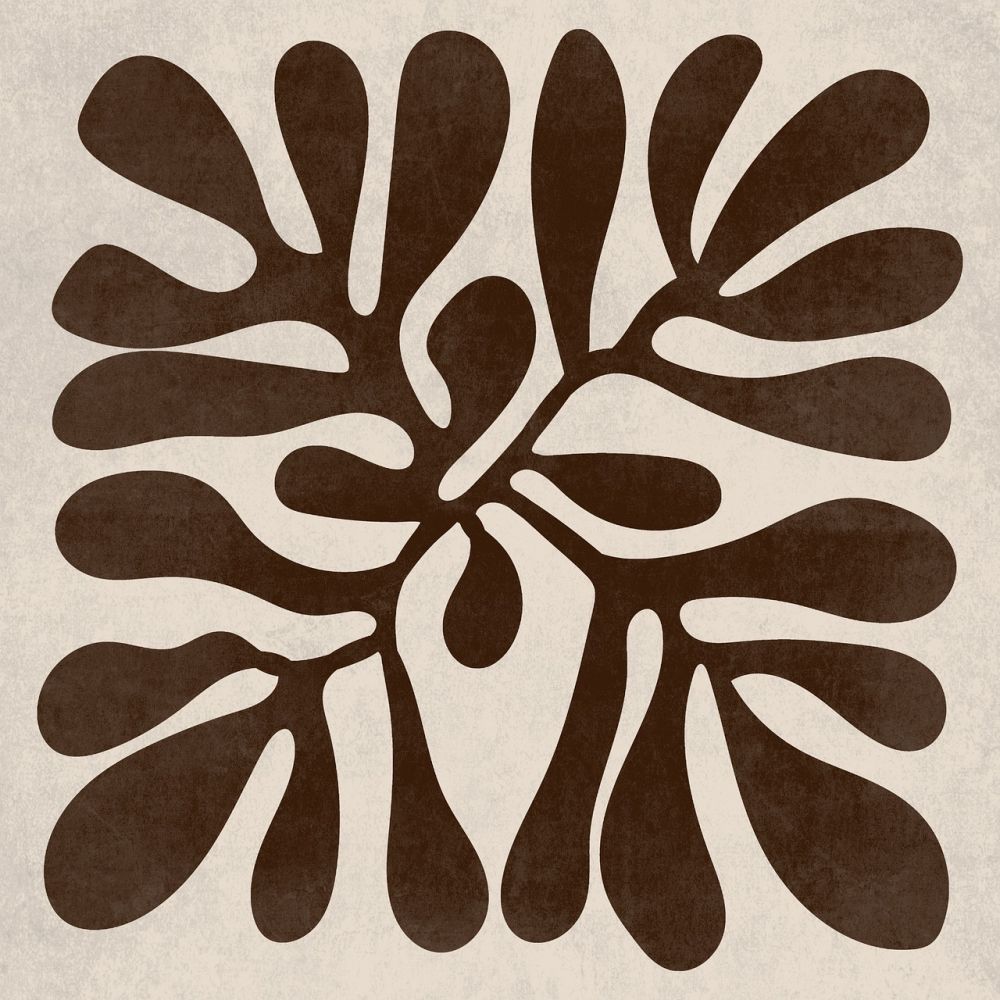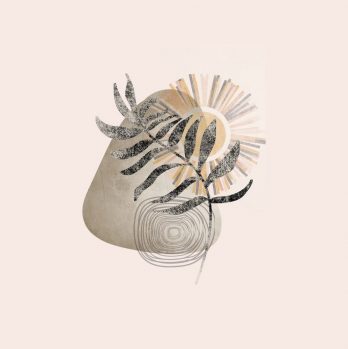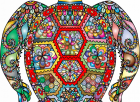Scandinavian Design: A Comprehensive Guide to Timeless Elegance

Scandinavian Design: An Exploration of its Timeless Elegance and Distinctive Characteristics
Introduction:
Scandinavian design, renowned for its minimalist aesthetic and functional approach, has captivated the world with its distinctive style. In this article, we will delve into the core principles of Scandinavian design, its different types, popularity, and its historical journey. By examining both the advantages and disadvantages of this design movement, we aim to provide readers with a holistic understanding of its enduring appeal.
Understanding Scandinavian Design’s Core Principles

Scandinavian design is characterized by its simplicity, functionality, and beauty. It values clean lines, natural materials, and light color palettes, resulting in spaces that exude a sense of calm and serenity. The concept of ”less is more” lies at the heart of Scandinavian design, emphasizing minimalism and the removal of unnecessary details.
Exploring the Various Types of Scandinavian Design
There are several distinct types of Scandinavian design, each with its own unique characteristics. Nordic minimalist design embraces the minimalist aesthetic, with a focus on simplicity and functionality. Danish modern design highlights craftsmanship and organic forms, while Finnish design incorporates natural materials and innovative solutions. Swedish Gustavian design offers a more ornate and classical style, often characterized by light colors and delicate motifs.
Popularity and Influence of Scandinavian Design
The enduring popularity of Scandinavian design can be attributed to its ability to create timeless interiors that cater to contemporary tastes. Its clean aesthetic and emphasis on functionality resonates with people seeking a clutter-free and harmonious living environment. Scandinavian design has influenced various industries, including furniture design, architecture, and fashion, with iconic brands like IKEA and Marimekko spreading its influence worldwide.
Quantitative Metrics and Scandinavian Design
Quantitative measurements offer insights into the impact of Scandinavian design on the global market. According to market research, Scandinavian design exports have reached an all-time high, with a significant demand for furniture, lighting, and home accessories. This demonstrates the enduring appeal and financial success of this design movement.
Comparing and Contrasting Different Styles of Scandinavian Design
While Scandinavian design shares common principles, there are notable differences within its various subcategories. Nordic minimalist design focuses on functionality and simplicity, whereas Swedish Gustavian design embraces more ornate elements. Danish modern design prioritizes craftsmanship and organic forms, while Finnish design incorporates nature-inspired patterns and materials. By understanding these nuances, enthusiasts can select a style that aligns with their personal preferences.
A Historical Perspective on Advantages and Disadvantages
Scandinavian design has seen both triumphs and challenges over the years. One advantage is its timelessness, as its minimalist and functional approach ensures longevity. Additionally, Scandinavian design’s emphasis on sustainability aligns with contemporary environmental concerns. However, critics argue that the uniformity of Scandinavian design could result in a lack of individuality and cultural diversity in interior spaces. It is essential to strike a balance between embracing this design movement and incorporating personal touches to create truly unique environments.
Conclusion:
Scandinavian design continues to captivate the world with its minimalist elegance and timeless appeal. Its ability to harmonize aesthetics and functionality has resulted in enduring popularity in both residential and commercial spaces. As this design movement evolves, it remains rooted in its core principles, providing a sense of calm and simplicity amidst the chaos of modern life. Whether one chooses Nordic minimalist, Danish modern, Finnish, or Swedish Gustavian design, the essence of Scandinavian design will continue to inspire and influence the world of design for generations to come.











